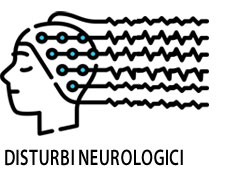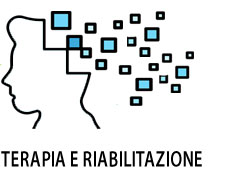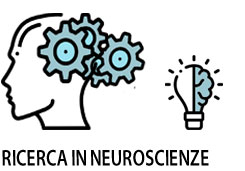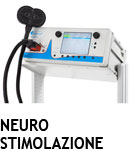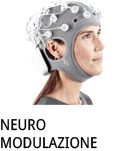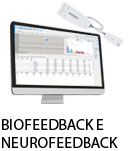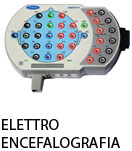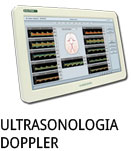- +39 011 5821948
- info@geasoluzioni.it
- Lun - Ven 8:00 - 17:00
Extending the limits of force endurance: Stimulation of the motor or the frontal cortex
- Abstract:
- Previous findings indicate that facilitation of primary motor cortex (PMC) activity using trans-cranial direct current stimulation (tDCS) could improve resistance to physical fatigue. However, studies have failed to consistently replicate these results. Using non-focal-tDCS during a fatiguing task, recent work showed no enhancement of corticospinal excitability of the PMC despite a longer endurance time and suggested that contamination in other brain regions involved in motor command may have occurred. In accordance with recent evidence supporting the role of the prefrontal cortex (PFC) in exercise maintenance, this double-blind sham-controlled crossover study (N = 22) compared the effect of high definition (HD)-tDCS of the PMC or the PFC on endurance time of a sustained contraction task of the elbow flexor. Brain activity was monitored using near infrared spectroscopy (NIRS) to measure the neurovascular response elicited by HD-tDCS. Electromyography (EMG) and force obtained during maximal voluntary and evoked contractions were assessed before and after the contraction task to explore the effect of brain stimulation on peripheral and central fatigue. While the stimulation affected the brain response in the PFC during the contraction task, no effects of the stimulation were observed on endurance time or fatigue indices. These results are discussed in relation to the neurocognitive models of physical effort.
- Patologie/Applicazioni:
- Anno:
- 2017
- Tipo di pubblicazione:
- Articolo
- Parola chiave:
- corteccia prefrontale; hd-tdcs; stimolazione elettrica transcranica
- Testata scientifica:
- Cortex
- Nota:
- Lo scopo di questo studio è la valutazione dell'effetto della stimolazione elettrica transcranica (HD-tDCS) sulla resistenza alla fatica. La stimolazione è stata effettuata sulla corteccia motoria primaria e sulla corteccia prefrontale. L'attività cerebrale è stata inoltre monitorata con tecnica NIRS per valutare a livello neurovascolare la HD-tDCS. Mentre la stimolazione influenza la risposta della corteccia prefrontale durante la contrazione muscolare, non vengono riportati effetti riguardo gli indici legati alla fatica.
- DOI:
- https://doi.org/10.1016/j.cortex.2017.09.026
Hits: 2339
La nostra storia
GEA soluzioni si affaccia nel 2013 al mercato della strumentazione medicale di alto livello tecnologico ma la sua storia parte da più lontano, clicca qui per approfondire.
GEA SOLUZIONI SRL
via Spalato 72/A, Torino
Tel.: 011 5821948 / 011 4463853
Fax: 011 0433281
Email: info @ geasoluzioni.it
P. IVA IT11696920013
REA TO1233648

